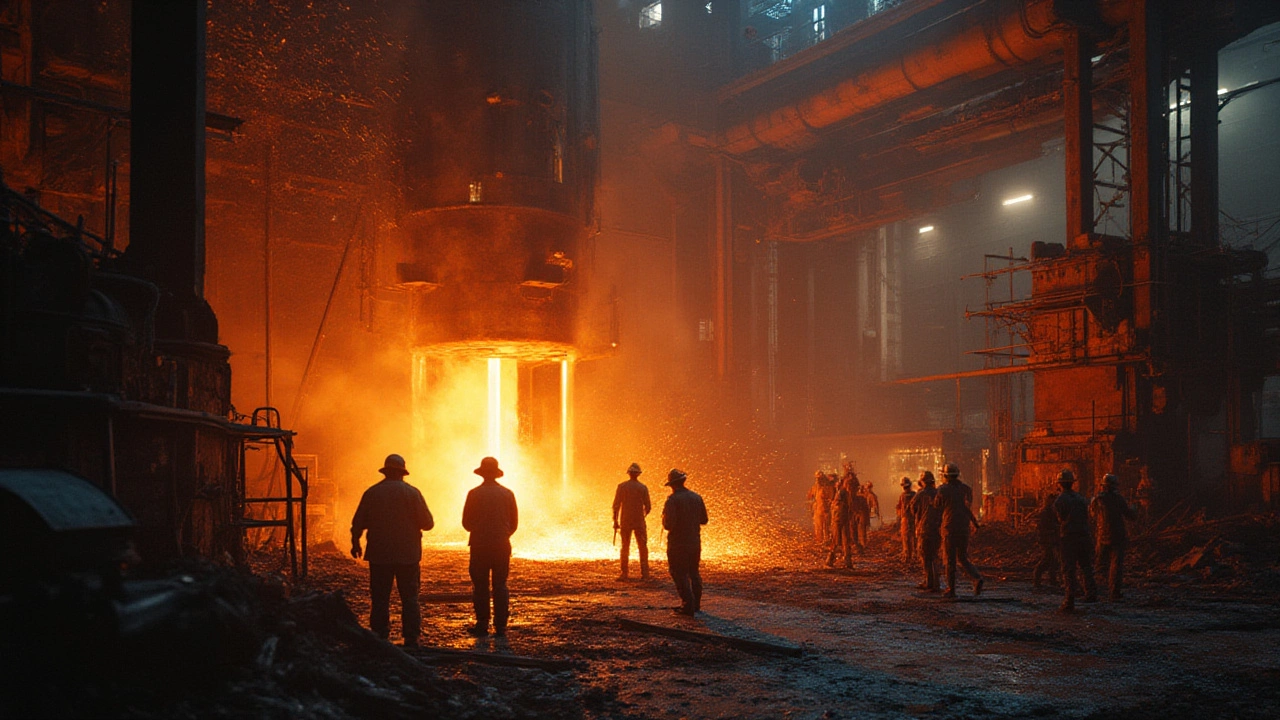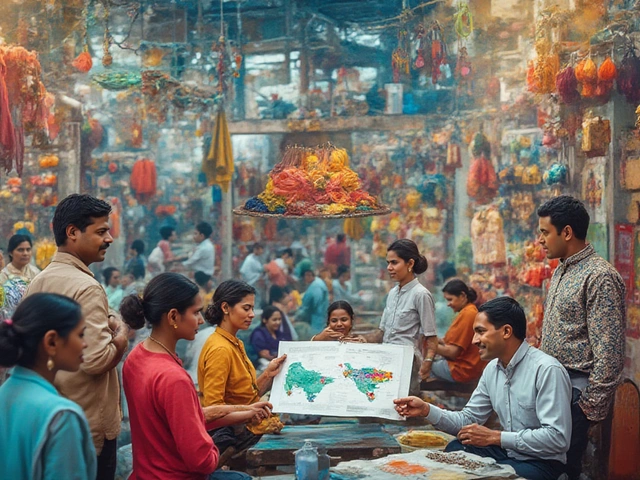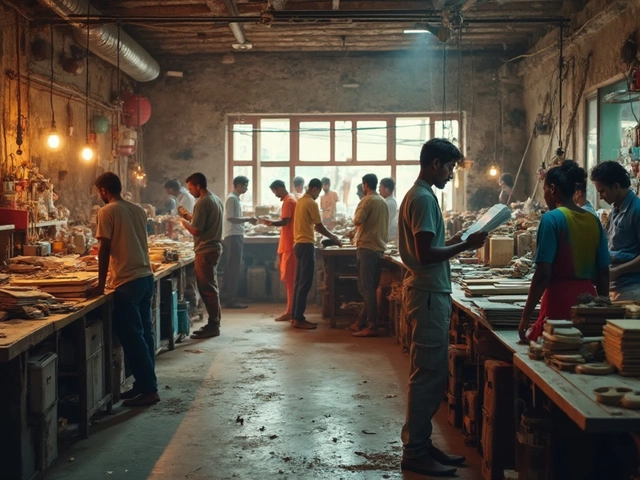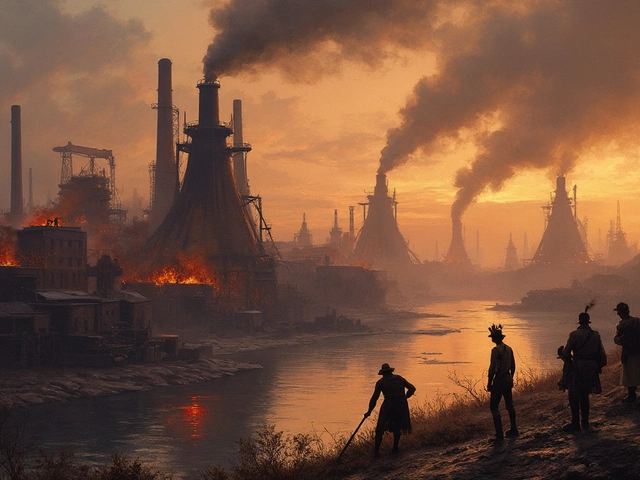Manufacturing Challenges
When dealing with Manufacturing Challenges, the obstacles that hinder production efficiency, increase costs, or limit growth in factories. Also known as production hurdles, they shape how companies plan, operate, and compete.
Key Areas to Watch
One of the biggest headaches right now is Supply Chain Disruptions, delays, shortages, and price spikes that ripple through raw material sourcing, component delivery, and final logistics. When a key part arrives late, the whole line stalls, overtime costs surge, and customers lose faith. The root causes range from geopolitical tensions to port congestion, but the impact is the same: factories scramble to keep the line moving while margins shrink.
Another critical pressure point is Labor Shortages, the difficulty in finding skilled workers for machining, assembly, and quality control roles. Younger generations often skip trade training, and aging workforces retire faster than replacements can be trained. The result? Companies either pay premium wages, invest heavily in automation, or face production delays that hurt order fulfillment.
Beyond these, firms must grapple with Sustainability, the push to lower carbon footprints, reduce waste, and meet stricter environmental regulations. Sustainable practices can lower long‑term costs, but the upfront investment in green tech, waste‑water treatment, or renewable energy can feel like another hurdle on top of tight budgets.
Technology adoption, workforce development, and cost control are all intertwined. Modern factories that blend smart sensors, AI‑driven scheduling, and up‑skilled crews can turn many of these challenges into opportunities. Below you’ll find a curated set of posts that break down each issue, share real‑world examples, and offer step‑by‑step advice you can start using right away.

Discover what makes some manufacturing processes among the world's toughest. Get behind-the-scenes details and surprising facts. This guide is packed with industry realism. (Read More)







